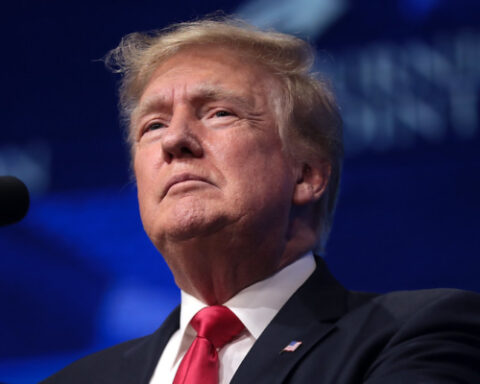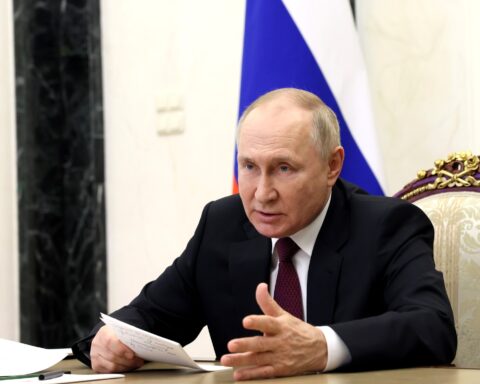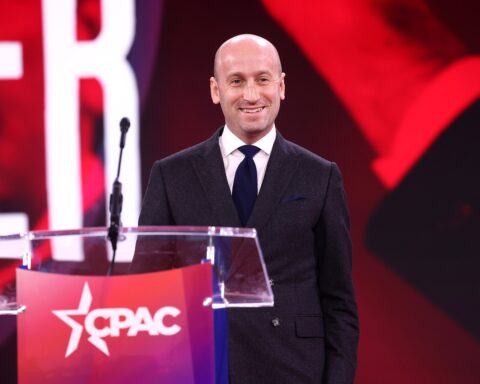A Russian cruise missile that once stood at the center of a major arms control dispute with Washington has reportedly been used repeatedly in Moscow’s war against Ukraine, reigniting concerns about the collapse of Cold War-era agreements that once restrained the global arms race.
Ukraine’s foreign minister, Andrii Sybiha, confirmed that Russia has fired the ground-launched 9M729 missile at Ukraine 25 times since 2022, including 23 launches in recent months. The missile, which can carry either a nuclear or conventional warhead and is believed to have a range exceeding 1,500 miles, was the same weapon system that led President Donald J. Trump to withdraw the United States from the Intermediate-Range Nuclear Forces (INF) Treaty in 2019.
The 9M729, Sybiha said, is evidence that “Putin’s disrespect to the United States and President Trump’s diplomatic efforts to end Russia’s war against Ukraine” continues unabated. One of the missile strikes, according to Reuters, traveled more than 1,200 kilometers before reaching its target in Ukraine on October 5.
The INF Treaty, signed in 1987 by President Ronald Reagan and Soviet leader Mikhail Gorbachev, eliminated more than 2,600 ground-launched ballistic and cruise missiles with ranges between 500 and 5,500 kilometers. It was widely credited with easing Cold War tensions and securing Europe against a new nuclear standoff.
But U.S. officials had accused Russia of violating the pact as early as 2014, during the Obama administration, arguing that Moscow had secretly developed and deployed the 9M729 in violation of the treaty’s limits. Despite years of diplomatic warnings, Russia refused to allow meaningful inspections. The Trump administration, concluding that the treaty had become a one-sided constraint on American defense, withdrew from the pact in 2019.
At the time, critics warned that Trump’s decision would lead to a renewed arms race. But supporters said it was a necessary move in the face of Russian deception and growing threats from China, which was never bound by the agreement.
Now, those same critics acknowledge that Moscow’s use of the 9M729 confirms the weapon’s existence and long-standing noncompliance. “The 9M729 was always real,” said one European defense analyst. “Trump’s team was right to call Russia out.”
Russia’s continued testing and deployment of advanced nuclear-capable systems, including the Burevestnik cruise missile and a new atomic-powered underwater drone unveiled this month, has prompted Trump to order the Pentagon to begin testing comparable U.S. weapons. He has argued that parity with Moscow and Beijing is essential to deterrence.
Meanwhile, Ukraine has been urging the United States to provide Tomahawk cruise missiles to bolster its own long-range capabilities. The Trump administration has resisted those requests, warning that such a transfer could escalate the war and require training that would delay their effective use. “The transfer would be dangerous, difficult, and impractical,” Trump said, emphasizing his view that diplomatic leverage, not weapons escalation, offers the surest path to peace.
Trump’s decision to abandon the INF Treaty, once derided as reckless, now appears prescient—a recognition that arms control is meaningless when only one side abides by the rules.
[READ MORE: Katie Miller Clashes With Cenk Uygur in Fiery Debate Over Israel and Antisemitism]















